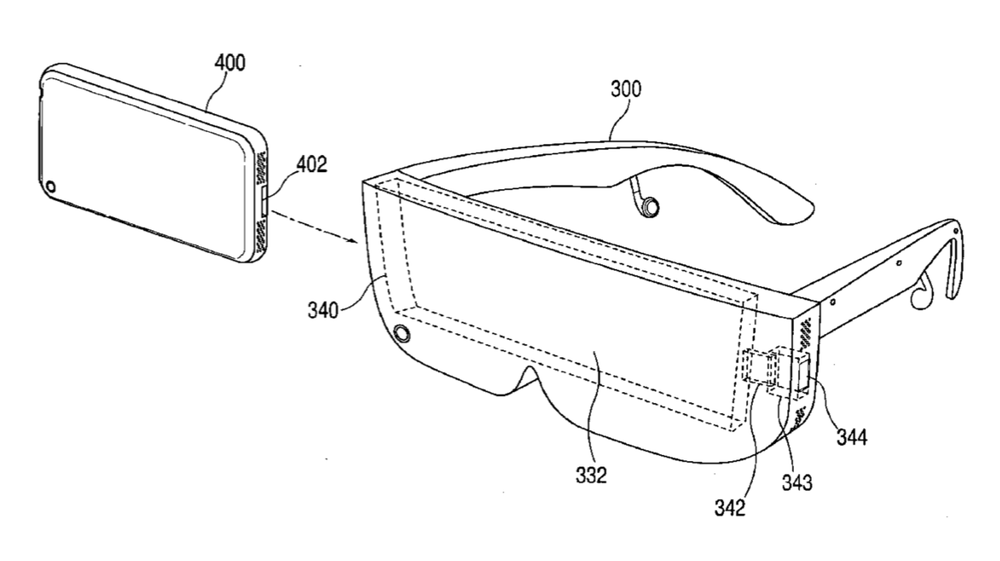Apple has filed for yet another patent (number 20190273815) that hints at the rumored “Apple Glasses,” a head-mounted, augmented reality/virtual reality headset.
It’s for head-mounted display systems and methods of operation that allow users to couple and decouple a portable electronic device such as a handheld portable electronic device (almost certainly an iPhone) with a separate head-mounted device (e.g., temporarily integrates the separate devices into a single unit) are disclosed.

The iPhone may be physically coupled to the Apple Glasses such that the portable electronic device can be worn on the user’s head. The smartphone may be operatively coupled to the head-mounted device such that they can communicate and operate with one another. Each device may be allowed to extend its features and/or services to the other device for the purpose of enhancing, increasing and/or eliminating redundant functions between the head-mounted device and the portable electronic device.
In March, nalyst Ming-Chi Kuo predicted that Apple will release smart glasses in 2020, and that they’ll be “powered” by an iPhone. He thinks the mass production of what most have dubbed “Apple Glasses” may start in the fourth quarter of 2019, though this window could extend into the second quarter of 2020.
Kuo believes the head-mounted display will only act as a display, with a nearby iPhone performing all of the processing, including rendering scenes, providing a data connection, and location-based services like GPS.
What’s more, this fits into some previous reports. In 2017 Apple was granted a patent (number 8,957,835) for AR/VR goggles that would connect with an iPhone. It involves connecting an iPhone to a GoPro-ish head mount for viewing media on a private display.
Bloomberg reported in 2017 that Apple’s “breakthrough device” will have a new chip and operating system. The article claimed that the tech giant is designing an in-house chip that’s similar in concept to the “system-on-a-package” component in the Apple Watch. Bloomberg added that the new operating system, internally dubbed “rOS” for “reality operating system,” is based on iOS.
